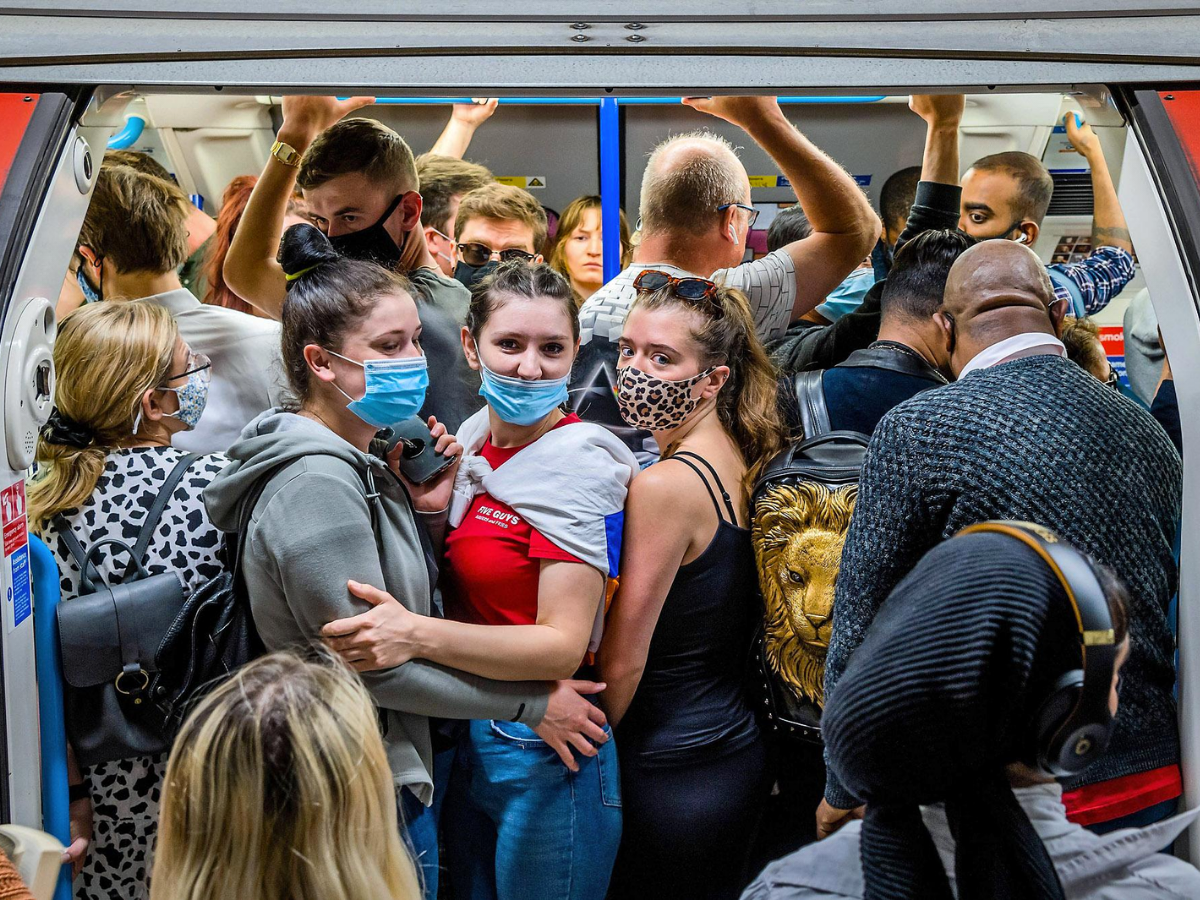When the pandemic first emerged two years ago in Wuhan, China, the entire world was taken by surprise. No one knew how to handle such a rare situation accurately and safely. Without vaccines to protect us, the world’s population was at risk of hospitalisation and death. The fact that most countries were not prepared for a pandemic resulted in the sudden spread of the virus on a global level.
Two years on, governments are now trying to move from a state of pandemic to endemic. The main difference between the two is that a pandemic refers to a ‘sudden increase in cases across several countries, continents or the world’ which is what we have seen so far, whereas an endemic disease is ‘constantly present in a population or region, with relatively low spread’. However, an endemic does not automatically equate to a mild situation – Malaria may be an endemic virus, but the disease still kills around 600,00 people each year.
COVID-19 as an endemic virus
After almost two years of living in a global pandemic, many are wondering when it will be over and when they will be able to return to life as we used to know it. Experts have suggested that it could be a matter of only months till we reach an ‘endemic’ state. Referring to a potential endemic does not equate to not living without Covid but more to moving into a phase where the virus does not affect and disrupt people’s lives to the extent that it currently is. Therefore, endemic does not mean that COVID-19 will cease to exist, but rather that we will have to learn to live with the virus as part of new normalcy. Covid is most definitely ‘here to stay’.
Professor Julian Hiscox, the chairman in infection and global health at the University of Liverpool, stated that ‘we’re almost there, it is now the beginning of the end, at least in the UK’. He also drew comparisons to the flu, using the daily 200-300 flu deaths in an average winter as a metric for how many deaths could be tolerated with Covid. Similarly, the creator of the AstraZeneca vaccine Professor Dame Sarah Gilbert stated that COVID-19 will eventually become like a common cold without there being as many serious consequences as there are now. Dr Groppelli, a virologist at St George’s, University of London, affirmed that ‘we need to accept the fact that our flu season is also going to be a coronavirus season’ while acknowledging that the process of getting to this state will be a challenge.
The UK government decision to avoid having another lockdown after the Christmas and New Year’s period despite increasing cases highlighted how lockdowns and other restrictions on mass gatherings will not be implemented to the same extent as they have been the past two years.
Low-income countries are still waiting on the vaccine, as it is predominantly Western countries that have had access to it, resulting in the World Health Organization (WHO) declaring that the world is still far away from viewing Covid as endemic, ‘for the world it is still a pandemic and an acute emergency’. The virus is still viewed as a ‘public health emergency of international concern’ (PHEIC) and once WHO officials deem Covid no longer a threat on such a global level, they will lift the PHEIC declaration. Nevertheless, it is believed that this is unlikely to happen this year as the WHO has to ensure that every country in the world is doing relatively alright before doing so.
The future of the pandemic
Although COVID-19 cases in the UK are slowly decreasing, as of 22nd of January there were around 76,000 people who tested positive which is much less compared to the almost 200,000 daily cases of a couple of weeks ago. Due to the high percentage of people being vaccinated – 90.8% with the first dose, 83.7% with the second dose and 64% have already received the booster shot – the number of people dying from Covid has significantly decreased since the pandemic started.
There were as many as a thousand daily deaths in April of 2020 and in January last year, however, now the daily deaths range from 100 to 200. Our bodies are becoming more familiar with the virus, able to fight it much better than we could have two years ago. Nevertheless, it is important to take these lives into account and not dismiss them as numbers. This data is still quite promising, ensuring a potential ‘endemic equilibrium’ with fewer people dying each day, ultimately and hopefully leading to almost no deaths and hospitalisations at all.
About the author: Giulia Castagnaro is a contributing Features writer with a Master’s degree in ‘Gender, Society and Representation’ and an interest in social and cultural politics, and healthcare.
Recommended for you

Antidepressant Prescribing at Six-Year High
More people are taking antidepressants than ever. Is this a dark sign of the times or an indication that mental health stigma is changing?

Can AI be Used to Determine Cancer Recurrence?
When cancer patients go into remission, they often worry about it coming back. AI can now help identify those at risk of cancer recurrence.

Pegasus – Still a Threat to the UK?
The notorious Pegasus spyware has been misused to exploit vulnerabilities in devices, even those kept within the walls of Number 10.
Trending

Drug Decriminalisation: Could the UK Follow Portugal?
Portugal’s drug decriminalisation has reduced drug deaths and made people feel safe seeking support. Would the UK ever follow suit?

Calling All Unvaccinated UK Adults
With Covid cases rising, the NHS is urging the 3 million UK adults who remain unvaccinated to come forward.




